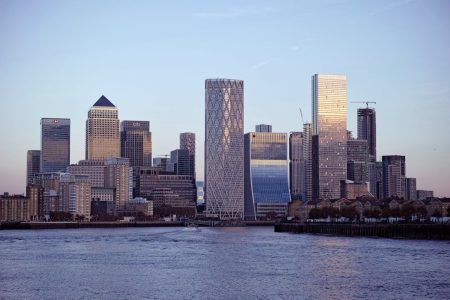The Federal Reserve released the minutes of its May 6–7 policy meeting on Wednesday, revealing growing concerns that recent tariff hikes could raise prices and rekindle inflationary pressures. Citing a combination of increased uncertainty and growing risks to inflation and employment, policymakers decided to stick to their cautious, wait-and-see strategy during the meeting.
Fed warns of inflation as tariffs pressure economic outlook
“Participants agreed that uncertainty about the economic outlook had increased further, making it appropriate to take a cautious approach until the net economic effects of the array of changes to government policies become clearer,” the minutes said.
Rate cuts are not imminent, according to the meeting summary. Authorities were concerned about a possible situation that might resemble stagflation, which is a time when inflation rises and economic growth slows. President Trump increased tariffs on a number of trading partners between March and early May, but he later halted the most drastic actions.
Fed Chair Jerome Powell highlighted the value of patience after the meeting, stating at a press conference that the costs of holding off on collecting more economic data were “fairly low.” Powell’s opinion has since been echoed by other officials in public statements, indicating a high bar for interest rate reductions.
The Fed maintained its benchmark rate while warning that tariffs could raise unemployment and inflation, despite President Trump’s persistent calls for rate cuts. Trump has since lowered tariffs on China from 145% to 30%, allaying investor concerns about a slowdown in the economy that might have put tariff pressure on the Fed to take action.
Fed Holds Steady Amid Inflation Fears and Slowing Growth Outlook
According to data from the interest-rate futures market, investors now generally anticipate that the Fed will maintain rates unchanged through the summer. Last year, the Fed reduced its benchmark interest rate by one percentage point to approximately 4.3% in response to a slight increase in unemployment and a retreat in inflation. In order to combat inflation, the Fed raised interest rates to their highest level in 2022 and 2023.
Fed staff economists downgraded their predictions for economic growth this year and next due to recent changes in trade policy. They now anticipate that the labor market will “weaken substantially” and that the unemployment rate will continue to rise until 2027.
Concerns about inflation remaining higher than anticipated were also mentioned in the minutes: “Almost all policymakers in attendance flagged the risk that inflation could be more persistent than expected,” the minutes said. “Many officials said business contacts or survey responses suggested firms ‘were planning to either partially or fully pass on tariff-related cost increases to consumers”. Some officials also warned that companies not affected by tariffs could raise prices opportunistically.
Featured Image Credit:















